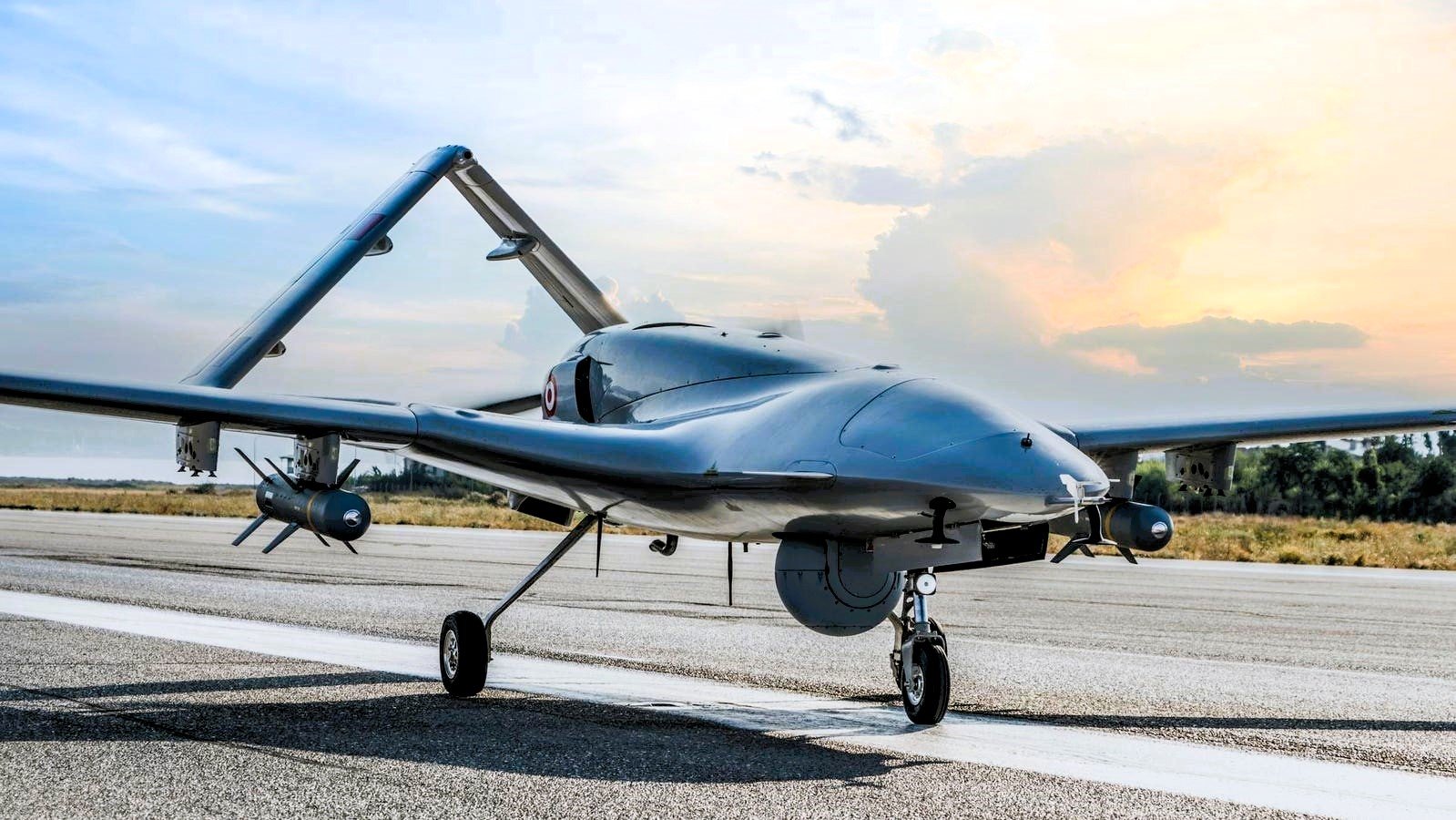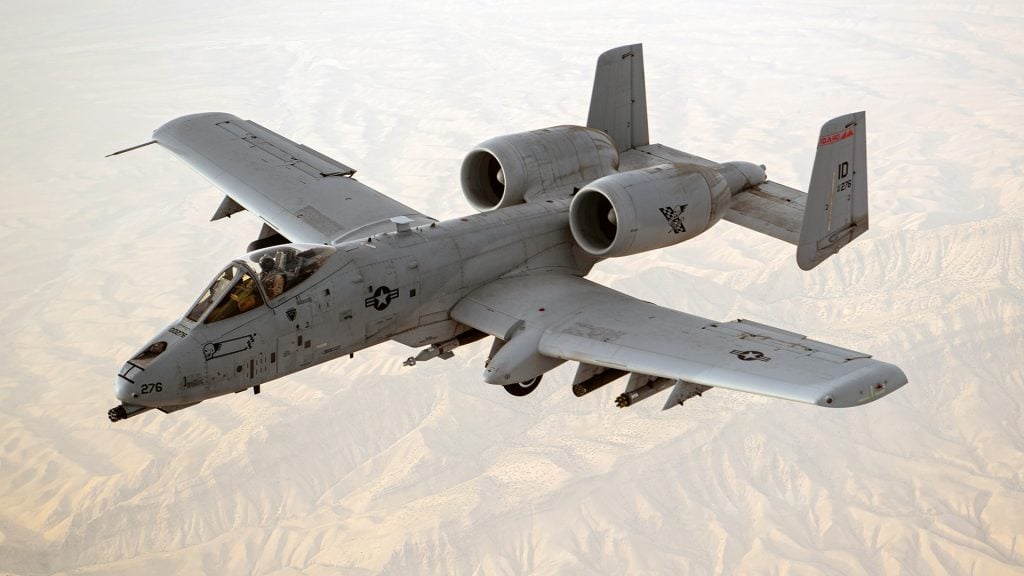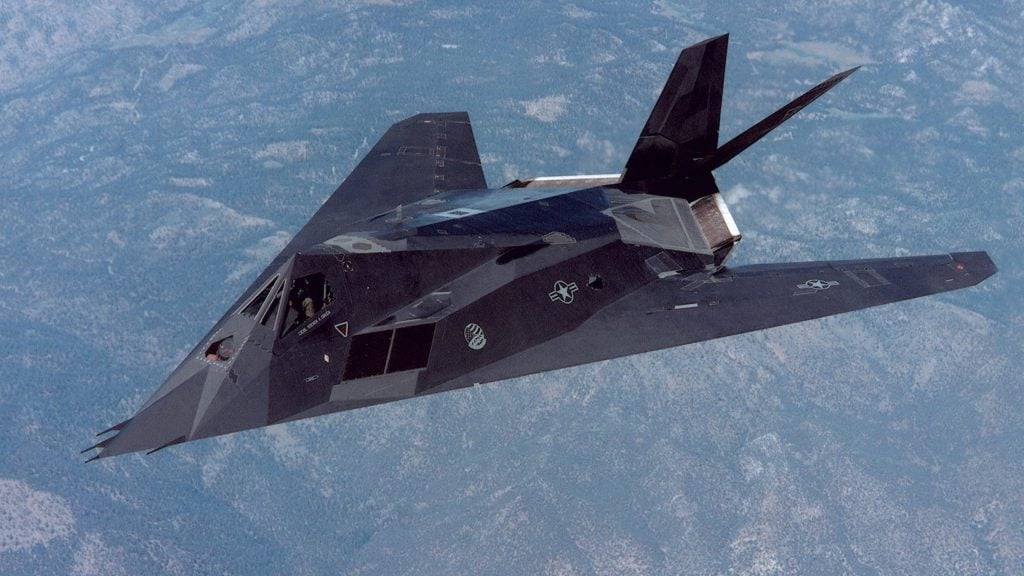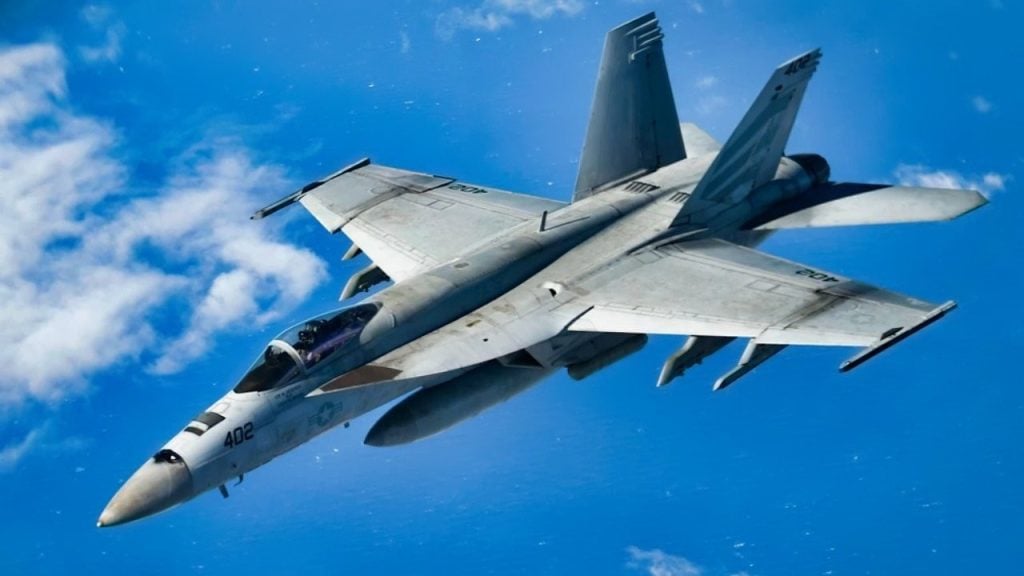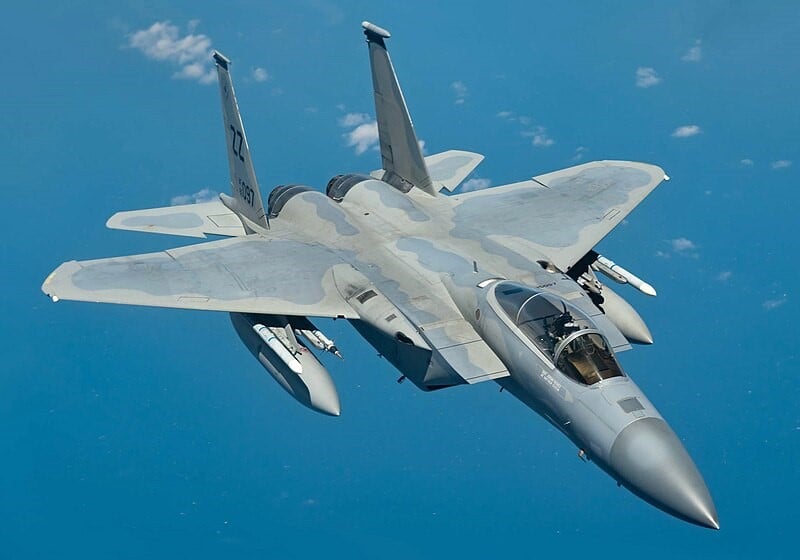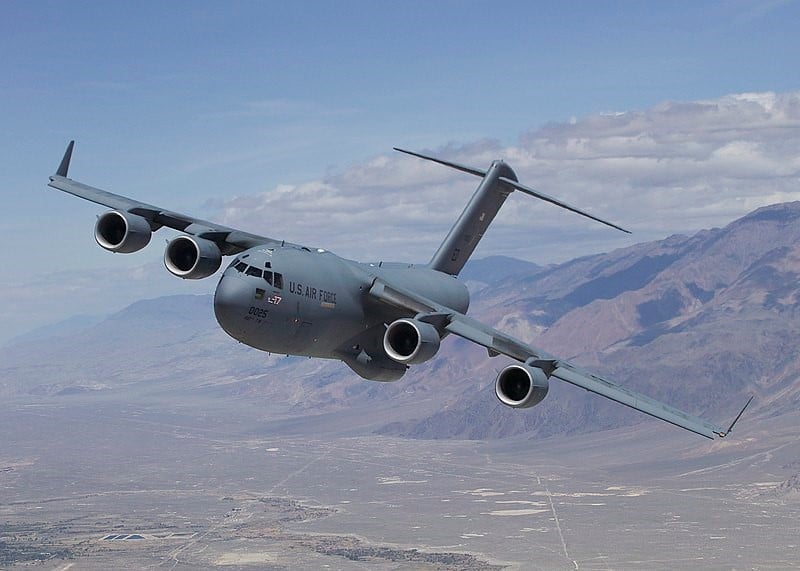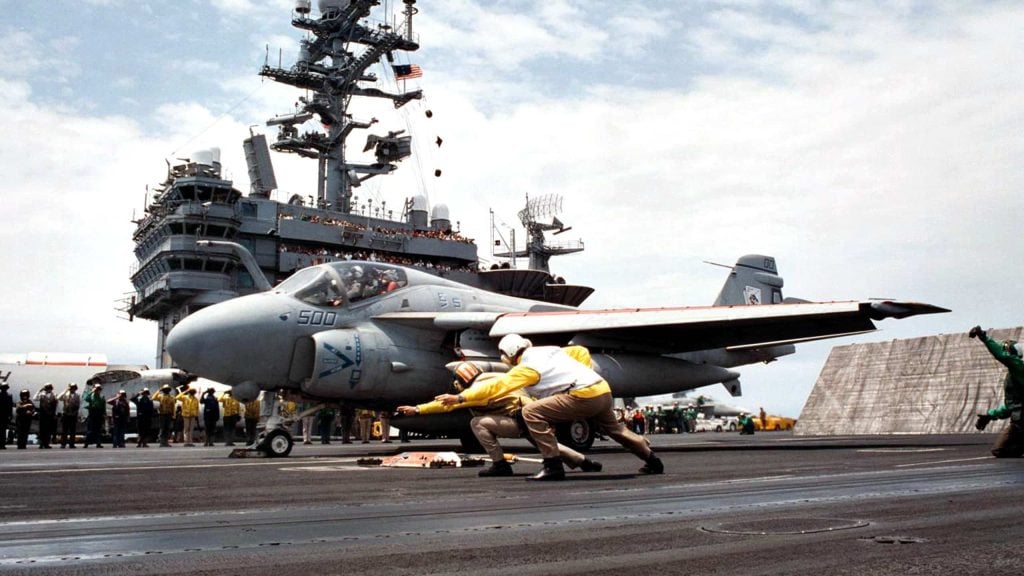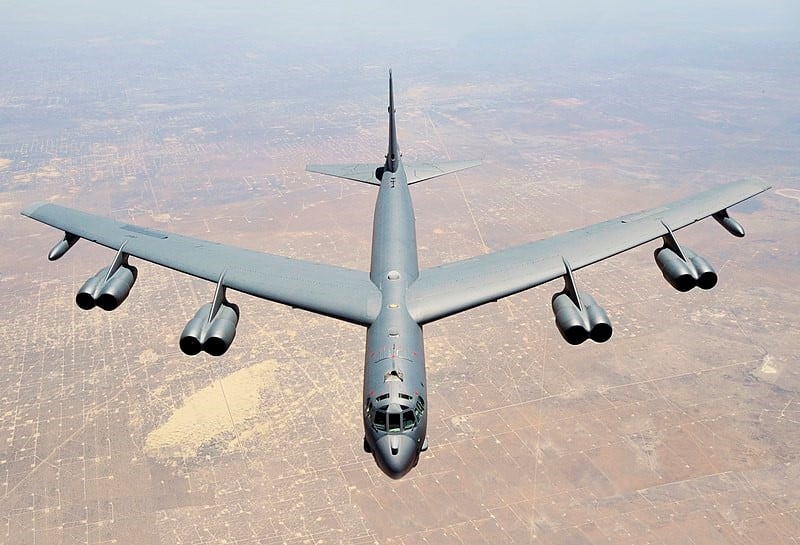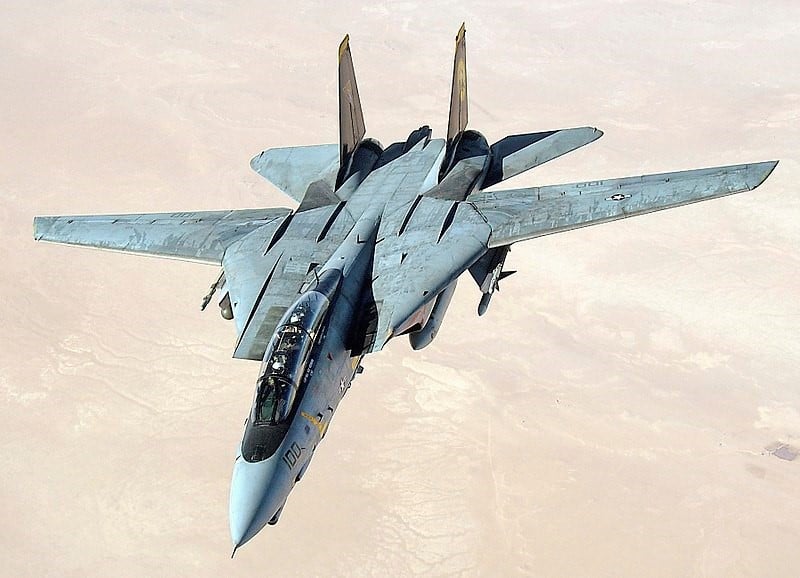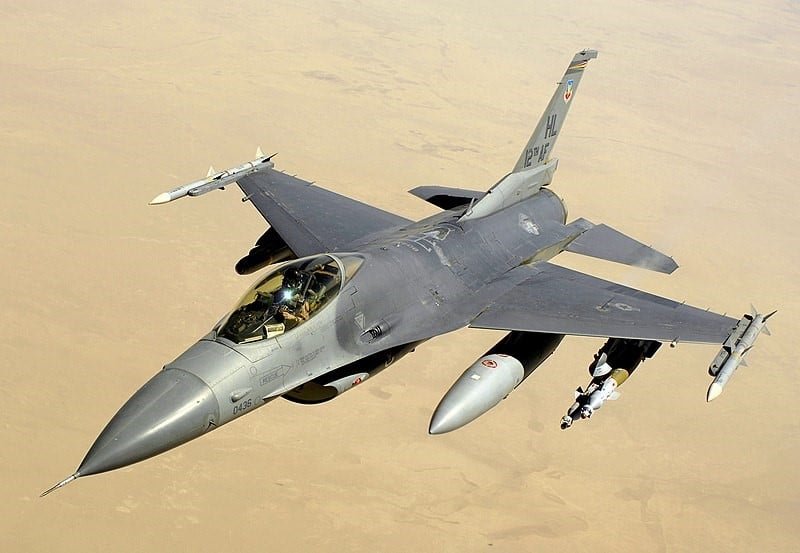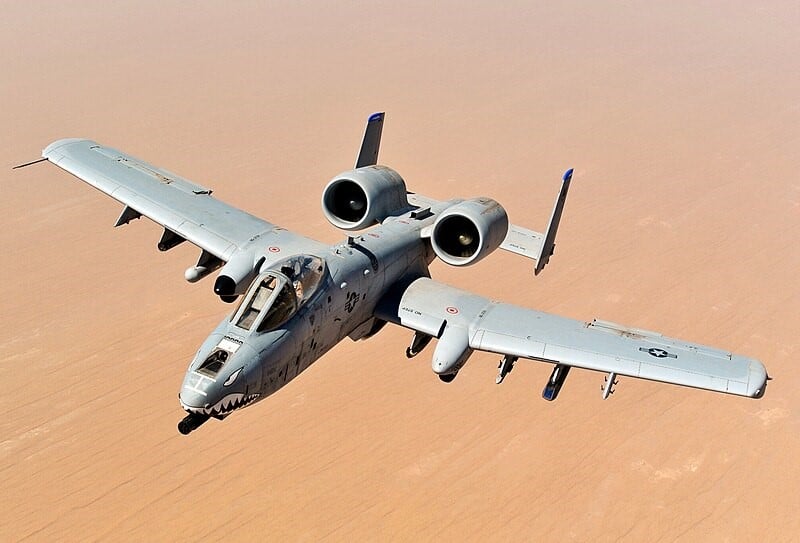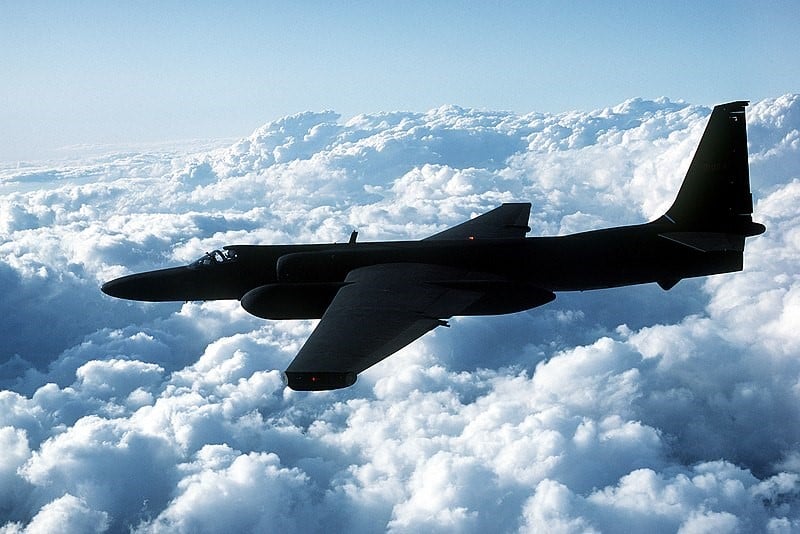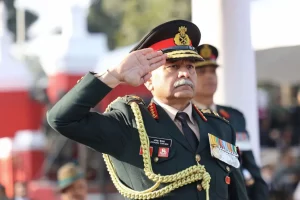Military aviation enthusiasts are often captivated by the impressive capabilities and distinct appearances of various aircraft. However, beyond their official designations, many of these aircraft have also acquired unique and often playful nicknames that reflect their defining characteristics, quirks, and the personalities of the pilots and crews who operate them. These monikers, born from a deep sense of respect and camaraderie, help to humanize the machines and foster a strong bond within the military aviation community.
From the stealthy “Stink Bug” to the massive “Moose,” each nickname tells a story, shedding light on the aircraft’s performance, design, or the experiences of those who have flown and maintained them. In this comprehensive article, we will explore the origins and significance of ten cool nicknames for some of the most iconic military aircraft, delving into the 10 Cool Military Aircraft and their Nicknames.
1. The Stealthy “Stink Bug”: F-117 Nighthawk
The F-117 Nighthawk, developed by Lockheed Martin’s Skunk Works division, was the first operational aircraft designed around stealth technology. Its angular, faceted design was engineered to deflect radar waves, rendering the aircraft nearly invisible to enemy detection. Entering service in 1982, the Nighthawk quickly became a formidable player in modern warfare, showcasing its unprecedented ability to strike high-value targets with precision while remaining undetected.
Despite its impressive capabilities, the Nighthawk’s unconventional appearance did not go unnoticed by the pilots and ground crews who worked with it. The aircraft’s flat, angular silhouette and antenna-like tail were reminiscent of a common household pest – the stink bug. This playful analogy led to the Nighthawk’s affectionate nickname, the “Stink Bug,” which underscores the ironic humor that often accompanies the high-stakes world of military aviation.
Top 10 Indian Air Force Books for Enthusiasts
2. The Mighty “Rhino”: F/A-18 Super Hornet
The Boeing F/A-18 Super Hornet, a larger and more advanced variant of the baseline F-18 Hornet, has several distinct features that set it apart. With its increased fuel capacity, enhanced avionics, and more pronounced nose, the Super Hornet was designed to perform a diverse range of missions, from air superiority to precision strike.
The Super Hornet’s distinctive nose, which resembles the iconic horn of a rhinoceros, inspired its enduring nickname – the “Rhino.” This homage to the F-4 Phantom II, which was also known as the Rhino, helps to differentiate the Super Hornet from its predecessor and serves as a practical tool during carrier operations, where the two aircraft require different handling and equipment.
3. The “Flying Tennis Court” and “Mudhen”: F-15 Eagle
Developed by McDonnell Douglas (now part of Boeing), the F-15 Eagle is a marvel of engineering and aviation technology that has redefined air superiority. With its impressive speed, agility, and lethal weaponry, the Eagle has amassed an undefeated 104-0 kill ratio, cementing its status as one of the most formidable fighter jets in the world.
The F-15’s substantial size, with its large wings providing exceptional lift and stability, has earned it the playful nickname “Flying Tennis Court.” This moniker recognizes the aircraft’s physical footprint and its commanding presence in the skies. When the F-15E Strike Eagle variant was introduced in 1988, it transitioned the aircraft from a traditional air superiority role to one that incorporated ground attack capabilities. The nickname “Mudhen” captures this dual capability, highlighting the Strike Eagle’s ability to “hunt” both in the air and on the ground, similar to how a hen might peck for food in the mud.
4. The Bellowing “Moose”: Boeing C-17 Globemaster III
The Boeing C-17 Globemaster III has served as the backbone of the Air Mobility Command for over 30 years, earning a reputation as a large, robust, and highly versatile aircraft. However, the origin of its “Moose” nickname has nothing to do with the C-17’s performance or appearance.
The real reason behind this moniker is the uncanny resemblance between the sound emitted by the C-17 during refueling and the bellowing call of a female moose in heat. According to the Northwest Territories Department of Environment and Natural Resources, a female moose’s mating call is answered by a heavy grunt from a male moose, and the pressure relief vents on the C-17 produce a similar auditory effect, leading to the aircraft’s affectionate “Moose” nickname.
5. The “Drumstick, Iron Tadpole, and Double Ugly”: A-6 Intruder
Entering service in 1960, the A-6 Intruder was a twin-engine, all-weather attack aircraft used by the US Navy and Marine Corps. Celebrated for its ability to deliver precise payloads in adverse weather conditions and its versatility in various combat scenarios, the Intruder earned not just one, but three distinctive nicknames: “The Drumstick,” “Iron Tadpole,” and “Double Ugly.”
These monikers, while not particularly flattering, reflect the aircraft’s no-nonsense design that prioritized functionality over aesthetics. With its bulbous nose and stout body tapering down to a comparatively diminutive tail, the A-6 Intruder’s unconventional appearance did not go unnoticed by the pilots and crews who embraced the aircraft’s unique character.
6. The “BUFF” (Big Ugly Fat Fellow): Boeing B-52 Stratofortress
The legendary Boeing B-52 Stratofortress, a long-range heavy bomber, has served as a mainstay of the US nuclear deterrent and has been adapted to fulfill numerous combat roles over the decades. The aircraft’s massive airframe, which enabled it to be retrofitted with advanced systems, earned it the affectionate nickname “BUFF,” an acronym for “Big Ugly Fat Fellow.”
However, as is often the case in the military community, the true meaning of the “BUFF” acronym is a bit more colorful, with many USAF aviators chuckling and informing that it actually stands for “Big Ugly Fat F*cker.” This playful moniker pays homage to the aircraft’s impressive size and the legendary Air Force General Curtis LeMay, who insisted on an oversized bomber and played a pivotal role in its development.
How Military Aircraft Handle EMP Dangers
7. The “Turkey”: Grumman F-14 Tomcat
When the Grumman F-14 Tomcat entered service in 1974, it quickly became the United States Navy’s primary maritime air superiority fighter, fleet defense interceptor, and tactical reconnaissance platform. The Tomcat’s distinctive appearance, with its variable-sweep wing design and two-seat configuration, made it a sight to behold both on the ground and in the air.
Despite the F-14’s operational prowess and iconic status, immortalized in the 1986 blockbuster “Top Gun,” the aircraft was affectionately nicknamed the “Turkey.” This moniker was inspired by the Tomcat’s behavior and appearance during certain flight operations, particularly on aircraft carriers. Sailors and pilots observed the aircraft’s control surfaces moving in a synchronized dance, resembling a turkey ruffling its feathers, while the Tomcat’s massive size and unique wing configuration gave the impression of a large bird attempting to land gracefully on a moving target.
8. The “Viper”: Lockheed Martin F-16 Fighting Falcon
The Lockheed Martin F-16 Fighting Falcon, one of the most notable fighter jets in the world, has flown over 200,000 combat sorties. While the aircraft officially received its name in 1980, eight years after its introduction, it had already acquired a widely recognized and enduring nickname – the “Viper.”
The origins of the Viper nickname date back to the pre-1980 era, when the F-16 still did not have an official designation. Pilots noted that the aircraft’s appearance, particularly as it approached the end of the runway, resembled a cobra or something akin to a Viper. This likeness, combined with the fighter spacecraft Viper Mk 2 Starfighter from the television show “Battlestar Galactica,” led to the F-16 being affectionately dubbed the “Viper.” The nickname has since become a source of pride for F-16 pilots, who have even worn name tags proclaiming themselves as “Viper Pilots.”
9. The “Warthog”: Fairchild Aircraft A-10 Thunderbolt II
Developed for the USAF by Fairchild Republic Company, the A-10 Thunderbolt II’s official name pays tribute to the P-47 Thunderbolt, a close air support aircraft from World War II. However, the A-10 is almost universally known by its iconic nickname, the “Warthog.”
The A-10’s unmistakable appearance, which prioritized functionality over aerodynamic beauty, contributed significantly to the Warthog moniker. Additionally, the aircraft’s low-altitude close air support mission often found it in the mud and dirt, further reinforcing the fitting Warthog nickname. Conveniently, the GAU-8 Avenger 30 mm Gatling gun mounted on the A-10’s nose provided the perfect canvas for nose art designs that resembled a Warthog’s face with tusks.
10. The “Dragon Lady”: Lockheed Martin U-2
In the world of military aviation, few aircraft inspire as much admiration as the Lockheed Martin U-2 spy plane. While there is some debate about whether “Dragon Lady” is the U-2’s official name or a nickname, the latter is more commonly used and widely recognized.
Developed during the early days of the Cold War, the U-2 was designed to gather crucial intelligence at altitudes exceeding 70,000 feet, far beyond the reach of enemy defenses. The aircraft’s revolutionary design, featuring an elongated fuselage, long wings, and sophisticated reconnaissance equipment, allowed it to operate at these extreme altitudes. However, this unique configuration also made the U-2 notoriously difficult to fly, particularly during landing, when the aircraft’s bicycle-like landing gear configuration required the assistance of a chase car driven by another pilot.
The “Dragon Lady” nickname was inspired by a character in the 1930s comic strip “Terry and the Pirates,” a mysterious oriental lady who was a key figure in the series. Much like the comic’s elusive and formidable Dragon Lady, the U-2 was described by pilots as a “dragon” that needed to be “wrestled” during flight, further cementing the aircraft’s mythical moniker.
5 Famous Female Pilots Who Changed Military History
Conclusion
The rich tapestry of nicknames that adorn the world’s most iconic military aircraft is a testament to the deep respect, camaraderie, and ironic humor that permeates the military aviation community. From the stealthy “Stink Bug” to the bellowing “Moose,” each moniker tells a unique story, reflecting the aircraft’s defining characteristics, quirks, and the experiences of those who have dedicated their lives to ensuring these remarkable machines take flight.
These endearing nicknames not only humanize the aircraft but also foster a strong sense of identity and unity among the pilots, crews, and ground personnel who work tirelessly to maintain and operate them. By embracing these playful monikers, the military aviation community celebrates the unique personalities of these aircraft, cementing their legacies as both formidable weapons of war and beloved companions in the skies.
As we have explored, the origins of these nicknames are as diverse as the aircraft themselves, ranging from physical attributes and performance capabilities to ironic references and pop culture influences. Ultimately, these monikers serve as a testament to the rich history, culture, and camaraderie that define the world of military aviation, reminding us of the deep connection between man and machine that has shaped the course of modern warfare.
FAQs
1. What is the nickname for the A 10 aircraft?
The Warthog
2. What is the 777 aircraft nickname?
The Boeing 777, often called the Triple Seven, is an American long-haul, wide-body airliner created and produced by Boeing Commercial Airplanes. It holds the title of the world’s largest twinjet and is the most widely manufactured wide-body airliner.
3. What was the A-12 aircraft nickname?
The A-12 earned the moniker “Flying Dorito.” It was designed to be powered by two General Electric F412-D5F2 turbofan engines, with each engine generating approximately 13,000 pounds-force (58 kN) of thrust.
4. Is the A-10 a fighter aircraft?
The A-10C Thunderbolt II is the Air Force’s first aircraft specifically designed for close air support of ground troops. It is a straightforward, efficient, and durable twin-engine jet capable of engaging light maritime attack aircraft and various ground targets, including tanks and other armored vehicles.
